Barn Owls: Mysterious Flyers with Incredible Superpowers
Meet the Barn Owl
Barn owls are among the most fascinating birds in the world — not just for their beauty, but for their eerie grace and jaw-dropping skills. With their silent wings and heart-shaped faces, these mysterious nighttime flyers seem almost otherworldly. But there’s so much more to them than meets the eye.
In this post, we’ll explore some of the most amazing barn owl facts, what makes them so uniquely designed for nighttime survival, and why we absolutely love them here at BearBunk.
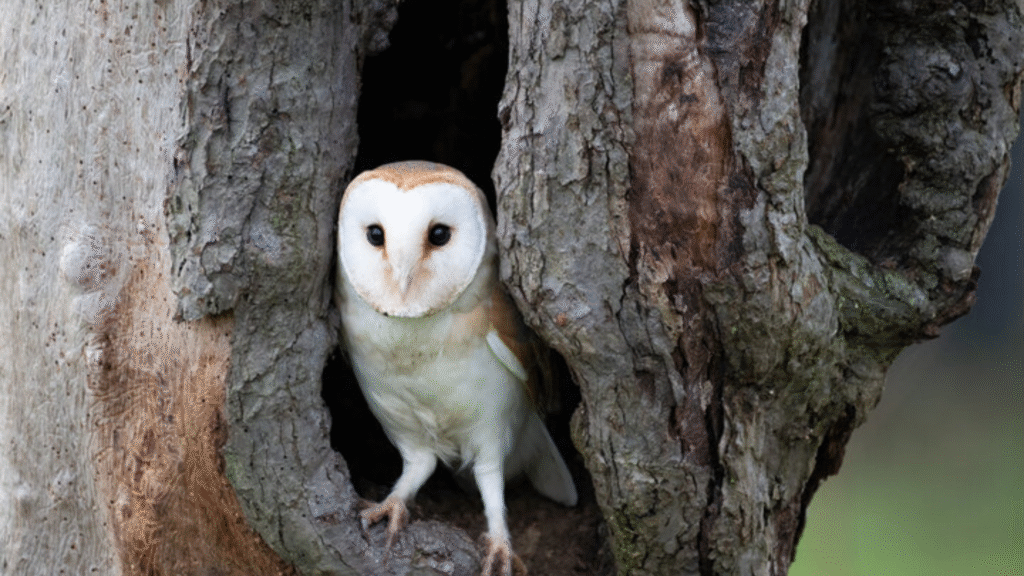
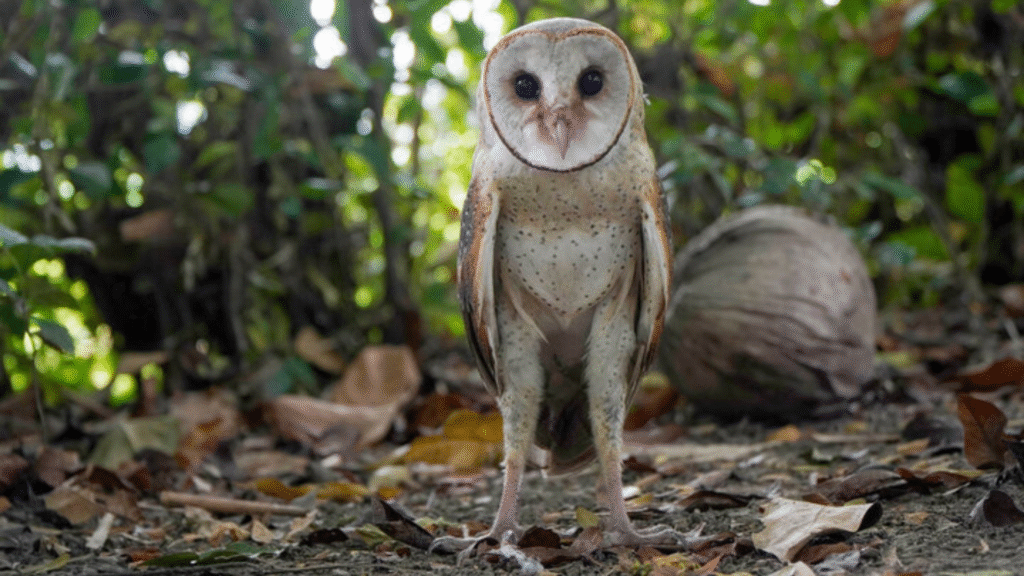
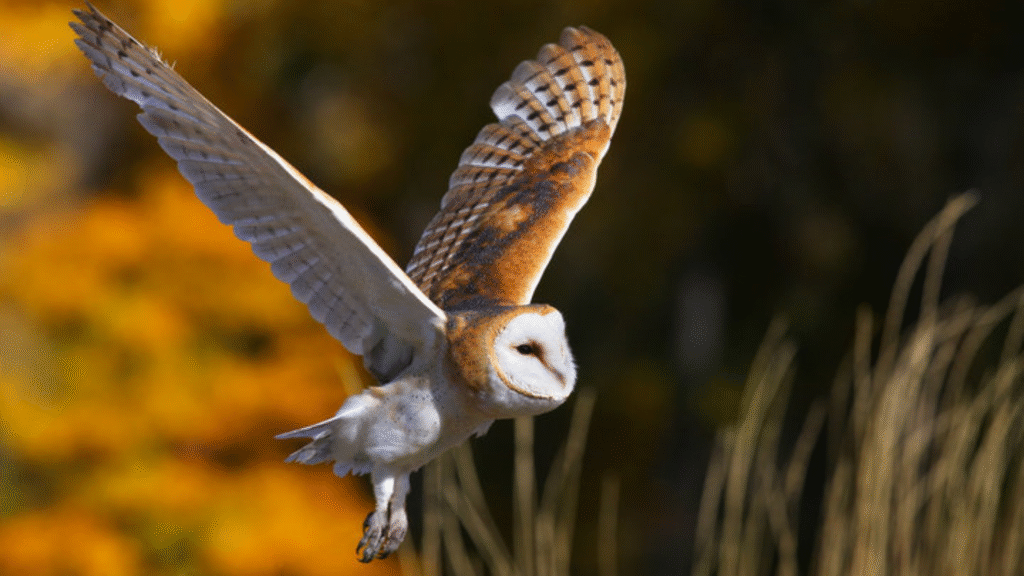
Species Overview
Barn owls belong to the family Tytonidae, which sets them apart from typical owls in the Strigidae family. While there’s one main species — Tyto alba — there are regional subspecies found around the globe.
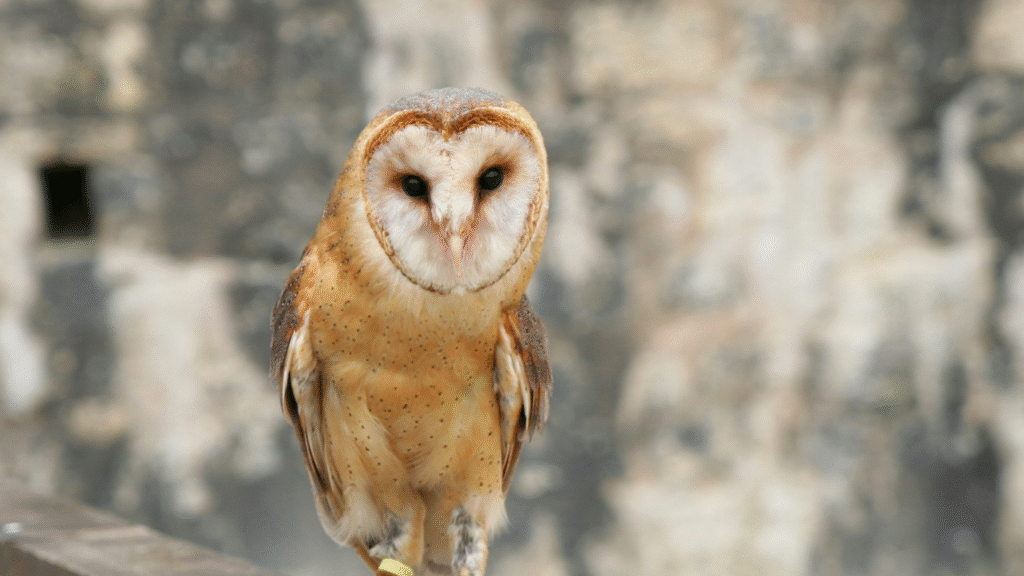
Their ghostlike appearance and silent flight have earned them countless nicknames, including “ghost owl,” “monkey-faced owl,” and “white owl.”
🌎 Habitat
Barn owls are found on every continent except Antarctica. They thrive in open country, including grasslands, farmlands, deserts, and the edges of forests. They often roost in old barns, church steeples, tree hollows, or even nest boxes. Unlike many birds, they don’t build traditional nests — instead, they settle into dark, quiet spaces where they can safely lay eggs and raise their young.
🍴 Diet
Barn owls primarily feed on small mammals such as voles, mice, rats, and shrews. They use their extraordinary hearing to locate prey in complete darkness, striking with deadly precision. A single barn owl can eat up to four small rodents per night, and a nesting pair with chicks can consume over 1,000 in a breeding season — making them incredible natural pest control allies.
🐣 Mating and Raising Young
Barn owls form monogamous pairs during the breeding season and sometimes remain together for life. The male performs flight displays and brings food to the female to win her favor. After mating, the female lays 4–7 eggs, which hatch asynchronously. This means older chicks often have a head start in size and strength. Both parents help feed the growing brood, and young owlets begin exploring outside the nest around 7–10 weeks old.


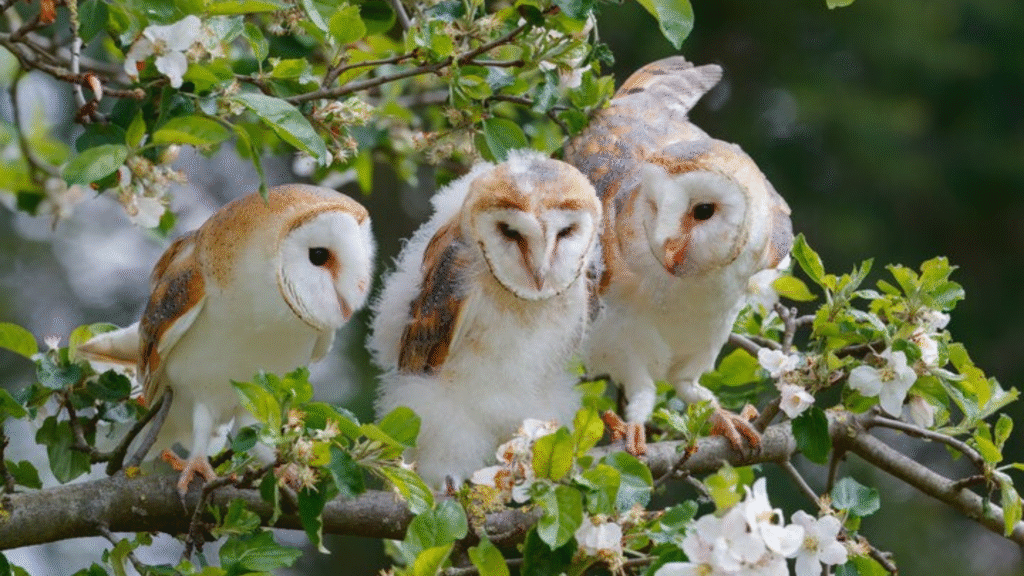
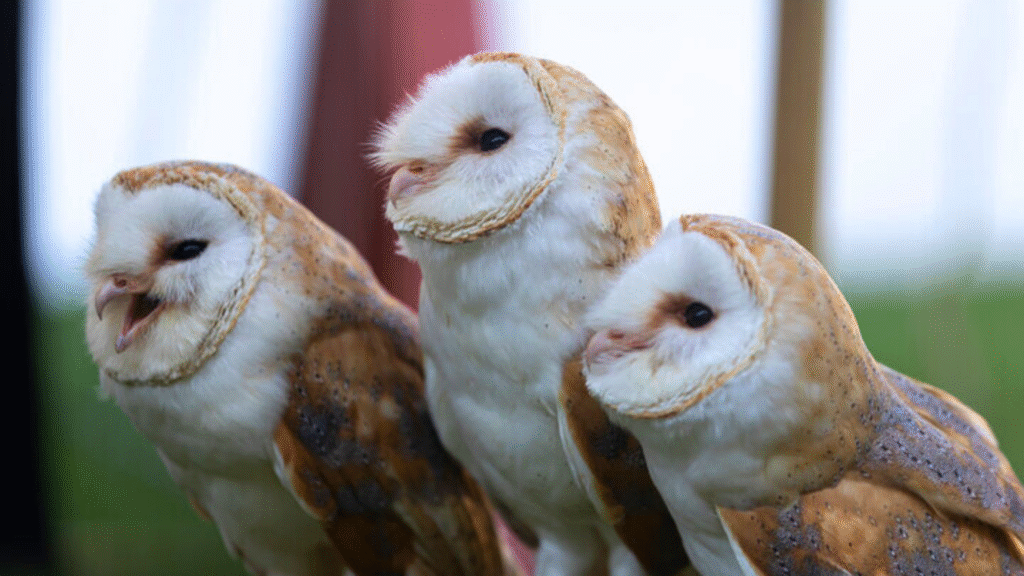

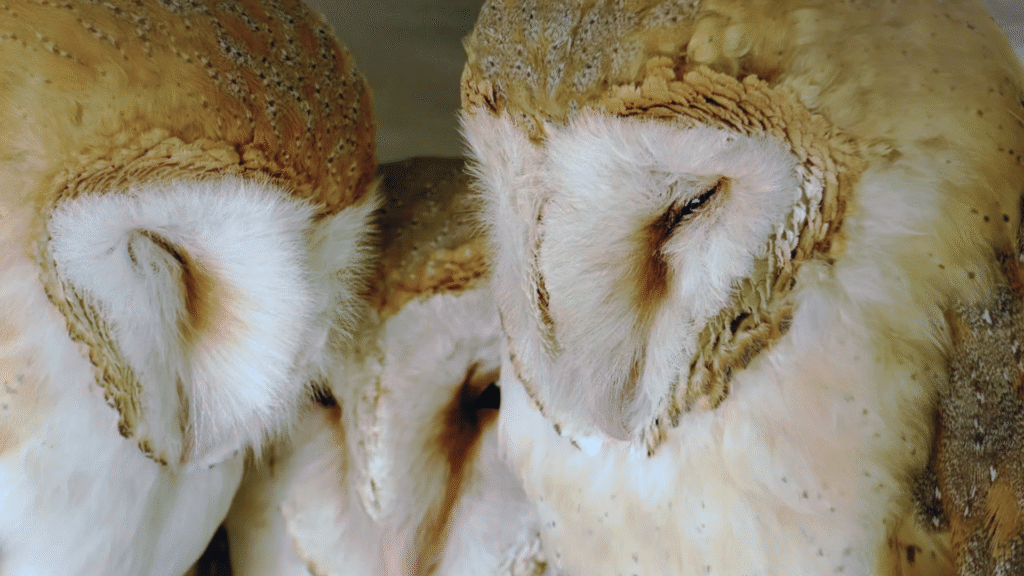
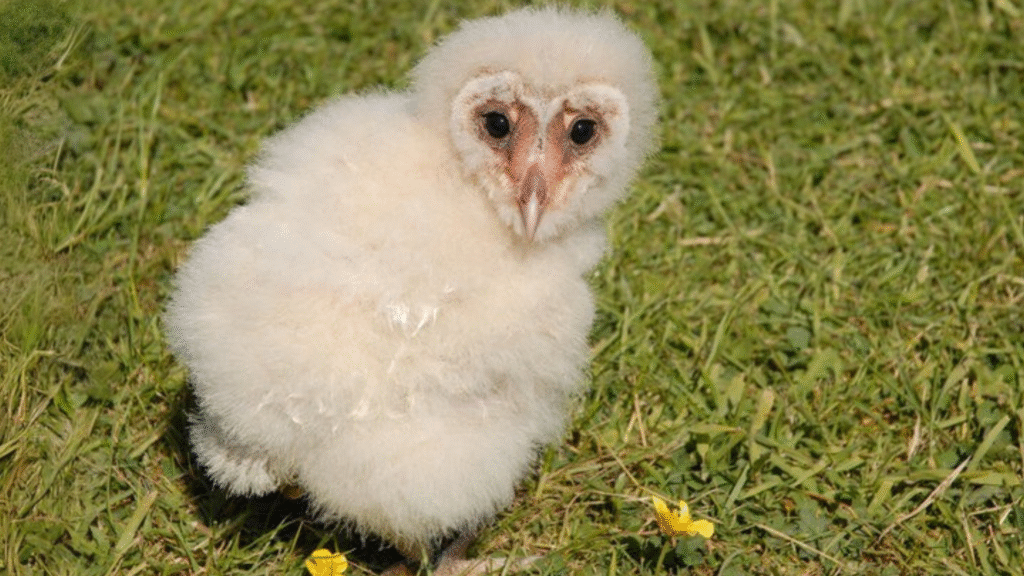
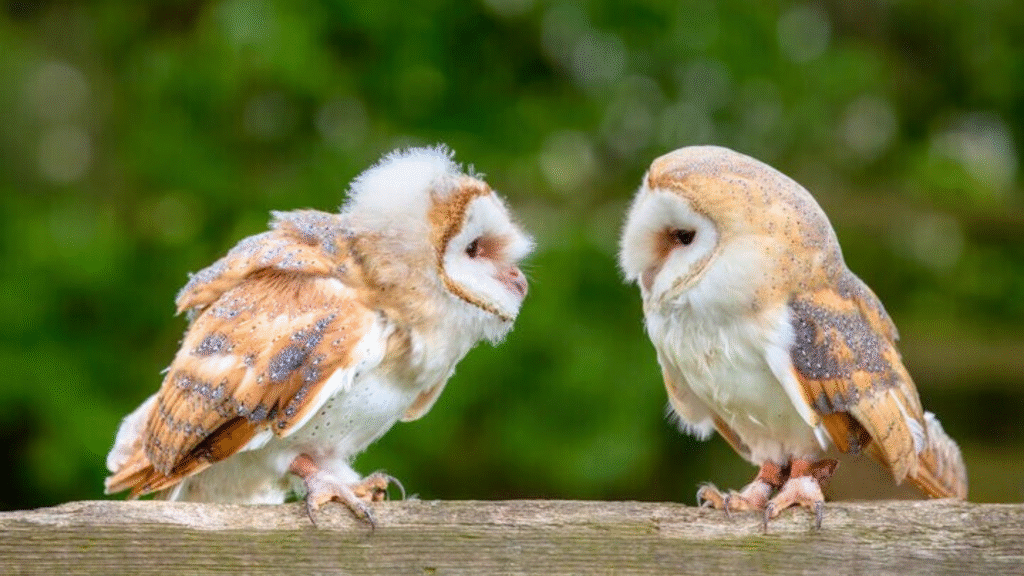
Share On Social:
🦉 Fun Facts About Barn Owls
- Their faces act like satellite dishes, funneling sound directly to their asymmetrical ears.
- Barn owls can rotate their heads up to 270 degrees to scan their surroundings.
- Their feathers are uniquely structured for near-silent flight.
- They don’t hoot — instead, they screech, hiss, or growl.
- A pair of barn owls can eat over 1,000 small rodents in a single breeding season.
📋 About Barn Owls
Scientific Family: Tytonidae
Number of Species: 1 main species with regional subspecies
Habitat: Grasslands, farmlands, deserts, forests, and ruins
Diet: Primarily small mammals like mice, voles, rats, and shrews
Lifespan: 4 years average in the wild; over 20 years in captivity
Unique Traits: Heart-shaped face, silent flight, 3D directional hearing
Social Structure: Mostly solitary except during mating and nesting
Conservation Status: Least Concern (globally), but habitat loss affects some regions
Fun Fact: Barn owls often nest directly on a layer of old owl pellets — no twigs or lining required!
💚 Why We Love Barn Owls
Barn owls are like nature’s quiet heroes. They help farmers by controlling rodent populations naturally — no pesticides needed. Their presence is a sign of a healthy, balanced ecosystem, and their gentle beauty adds an air of mystery to any landscape.
Their deep, dark eyes are captivating. Their feathered flight is poetry in motion. And their incredible adaptations — from ultra-sensitive hearing to whisper-quiet wings — show just how wonderfully specialized life on Earth can be.
Plus, let’s be honest… there’s just something magical about seeing a barn owl glide through the dusk. It’s a moment you don’t forget.
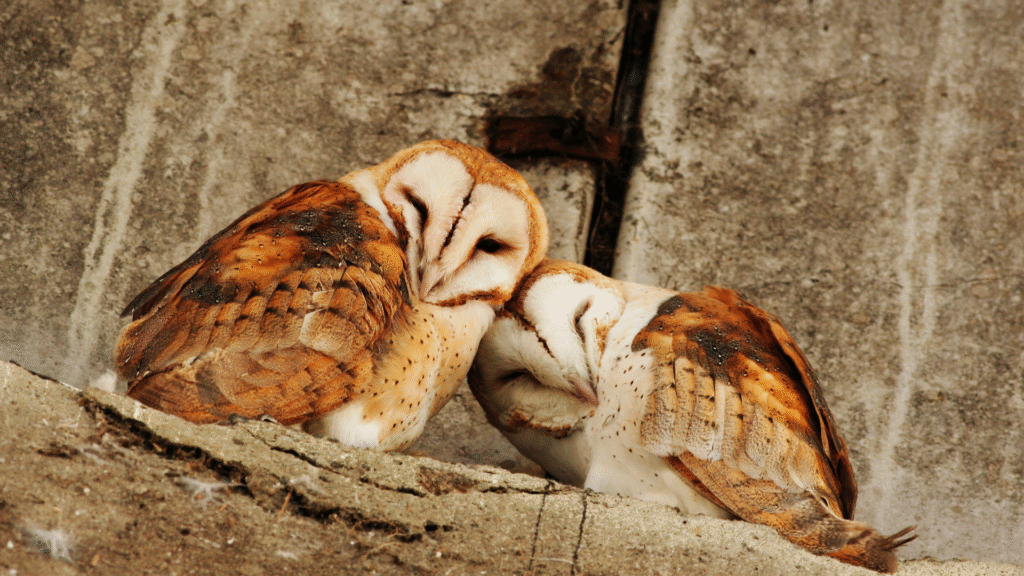
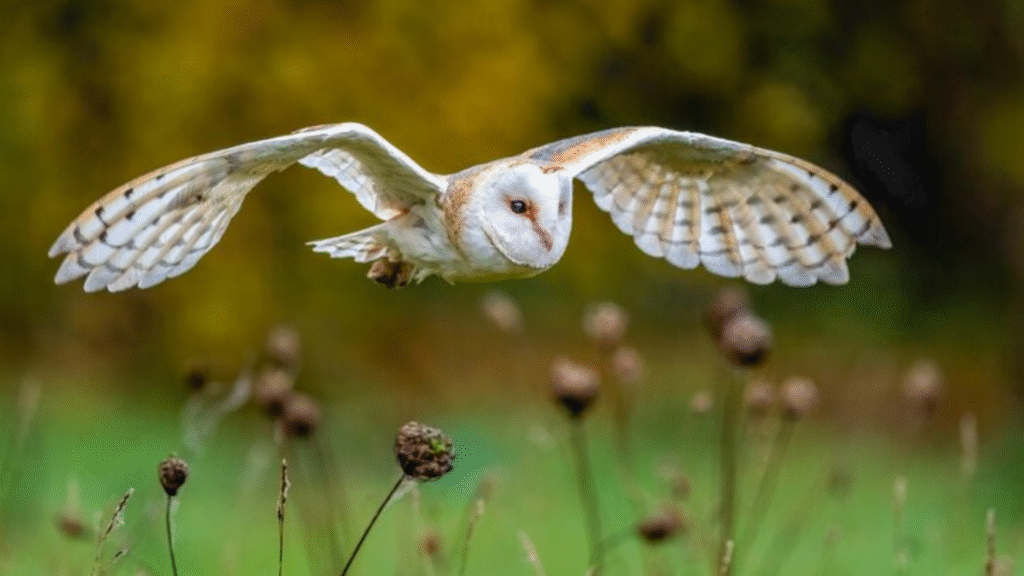
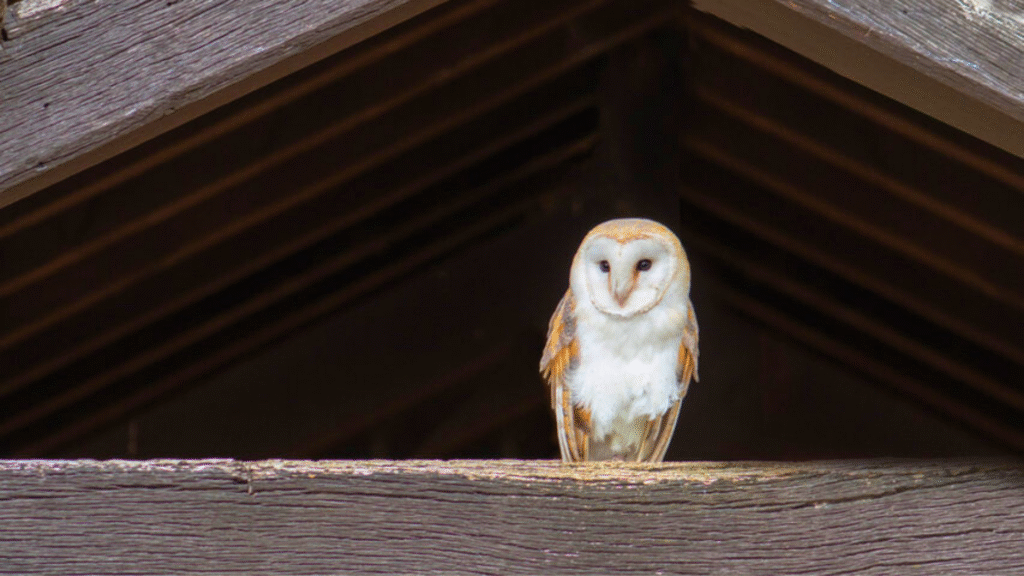
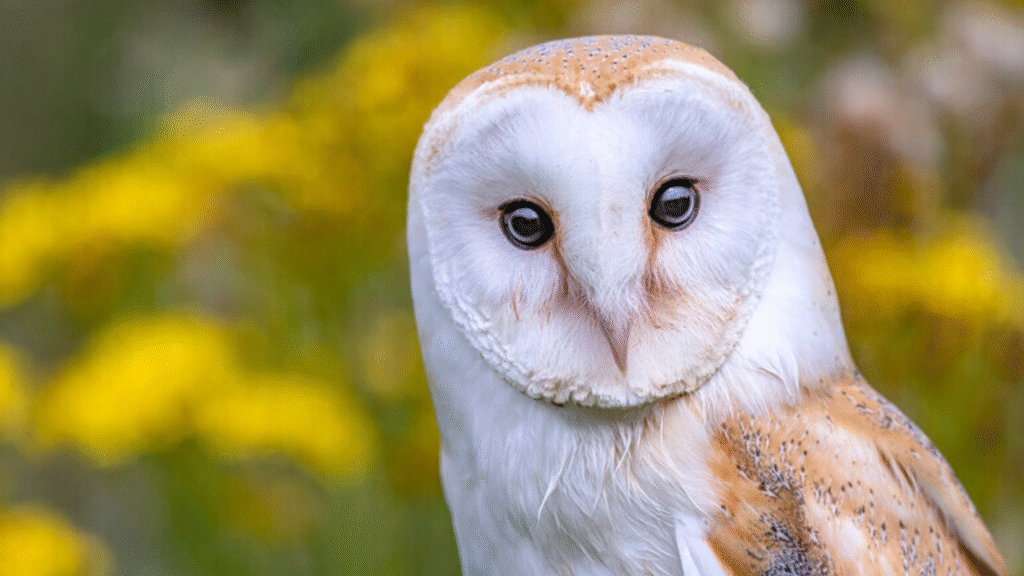
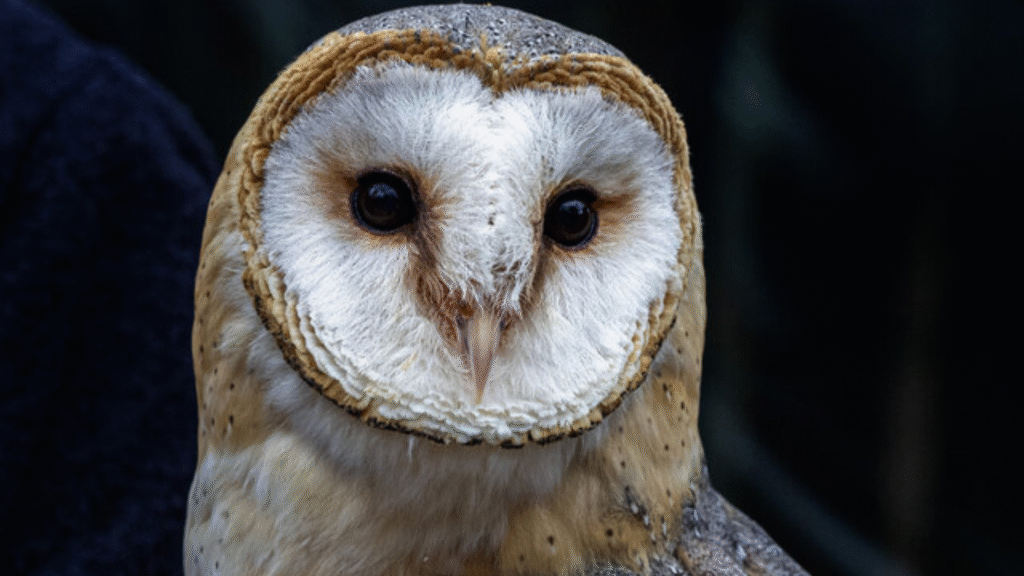
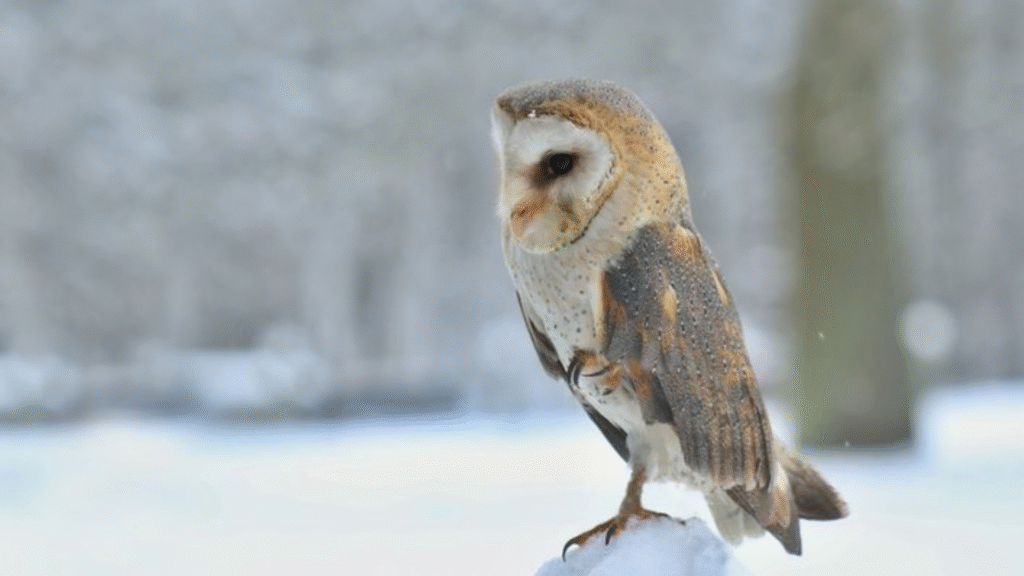
🌙 Final Thoughts
Barn owls are more than just striking birds — they’re a reminder of how powerful silence, precision, and grace can be in nature. They may not make a sound, but they leave a lasting impression.
Thanks for learning about these beautiful birds with us! Want more like this? Be sure to check out our Owls or Birds categories. Watch the full video on YouTube: Barn Owls Silent Flyers with Supernatural Skills
Stay wild and wonder-filled,
The BearBunk Team
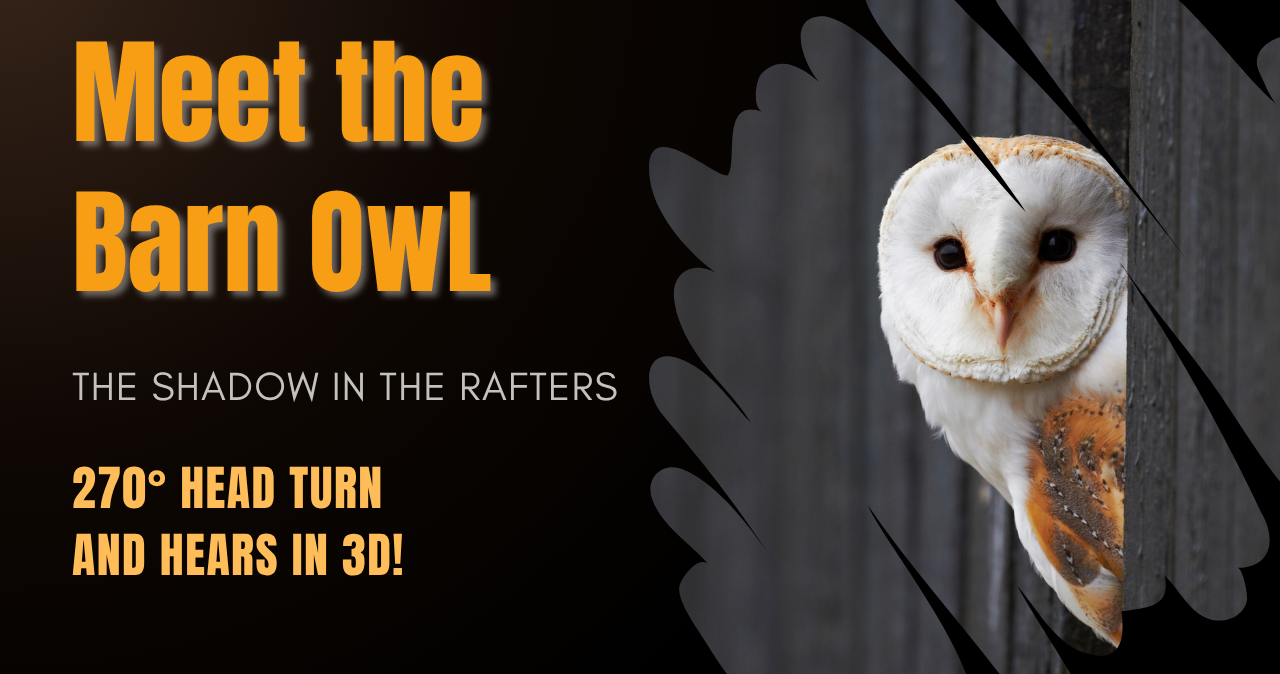



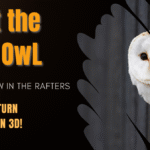

Leave a Reply